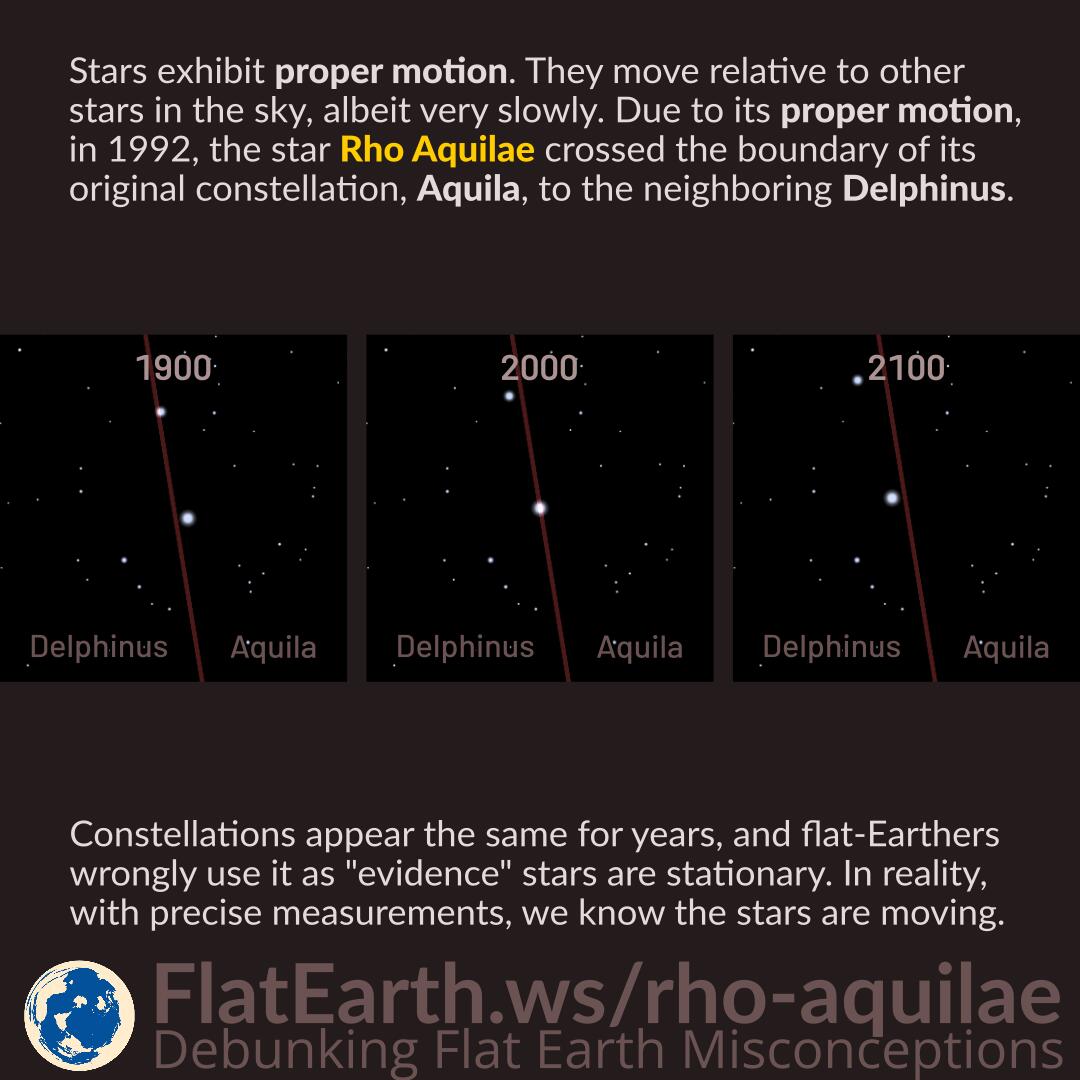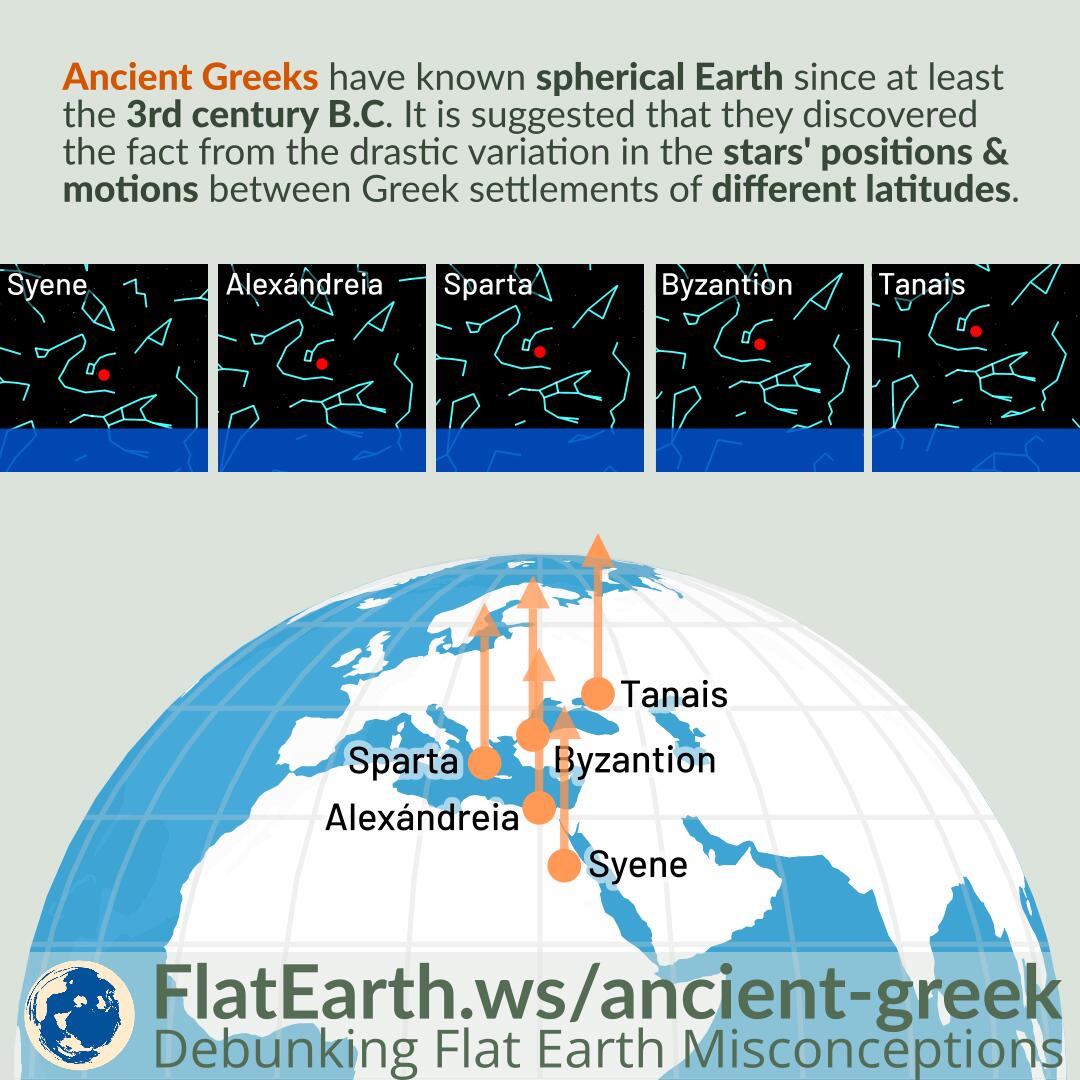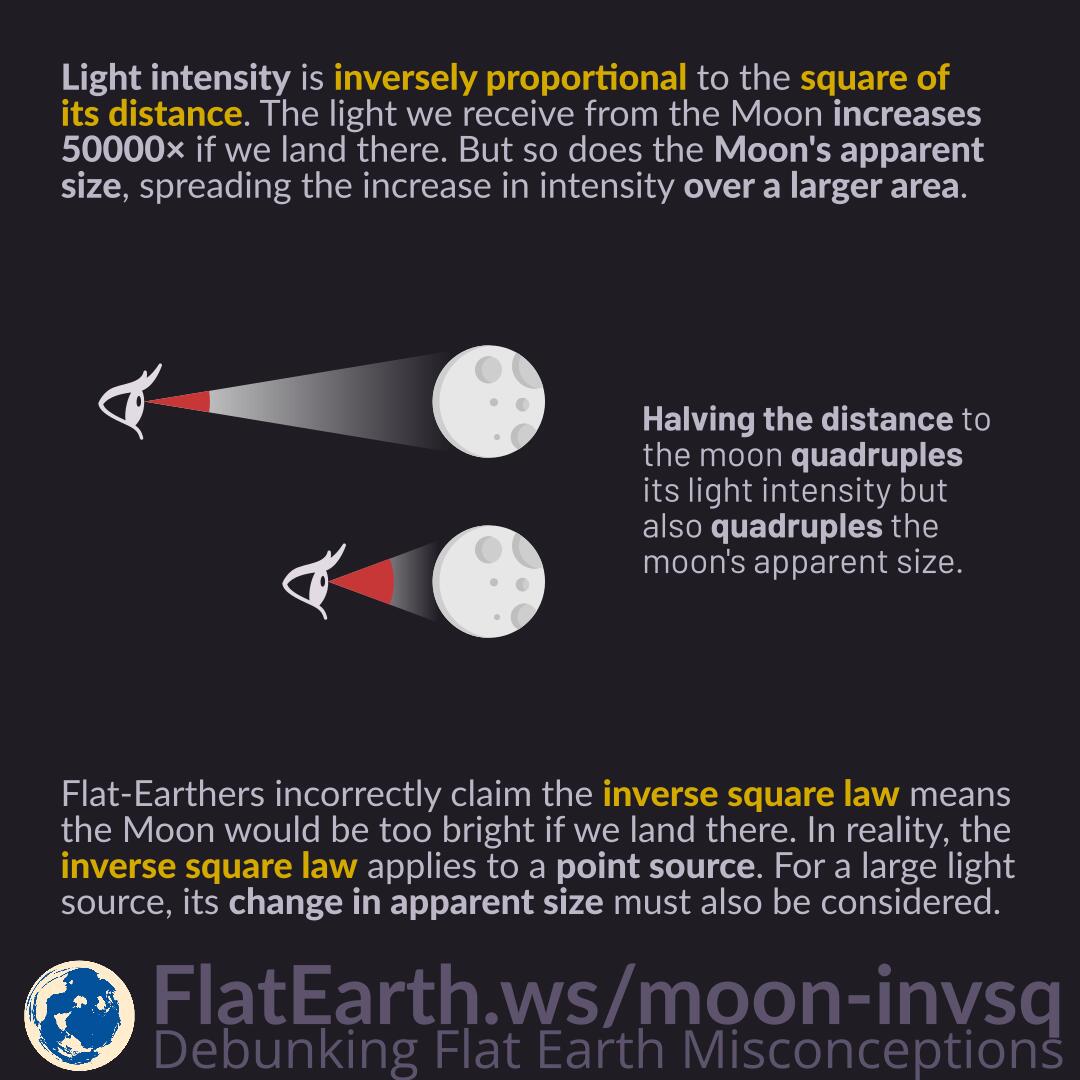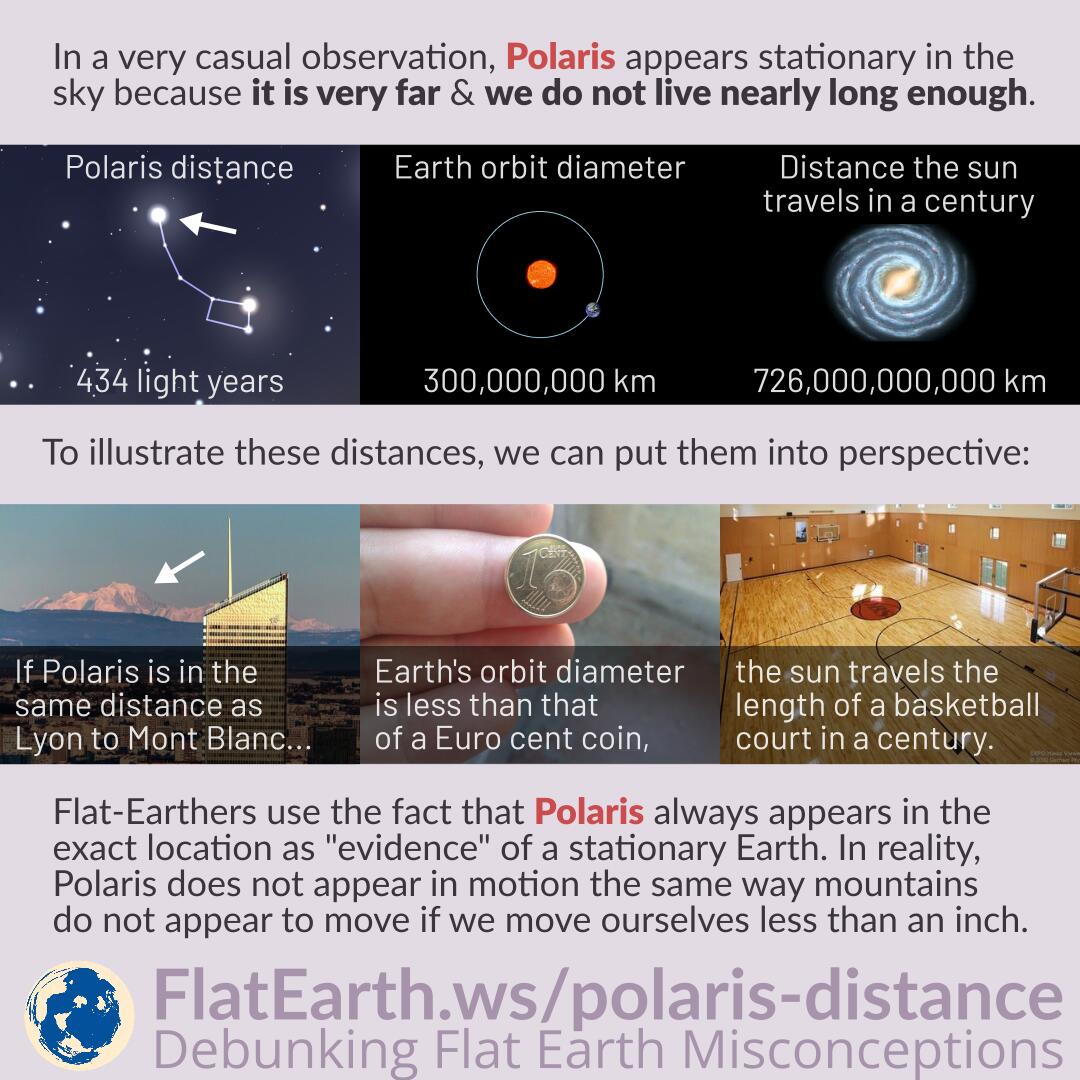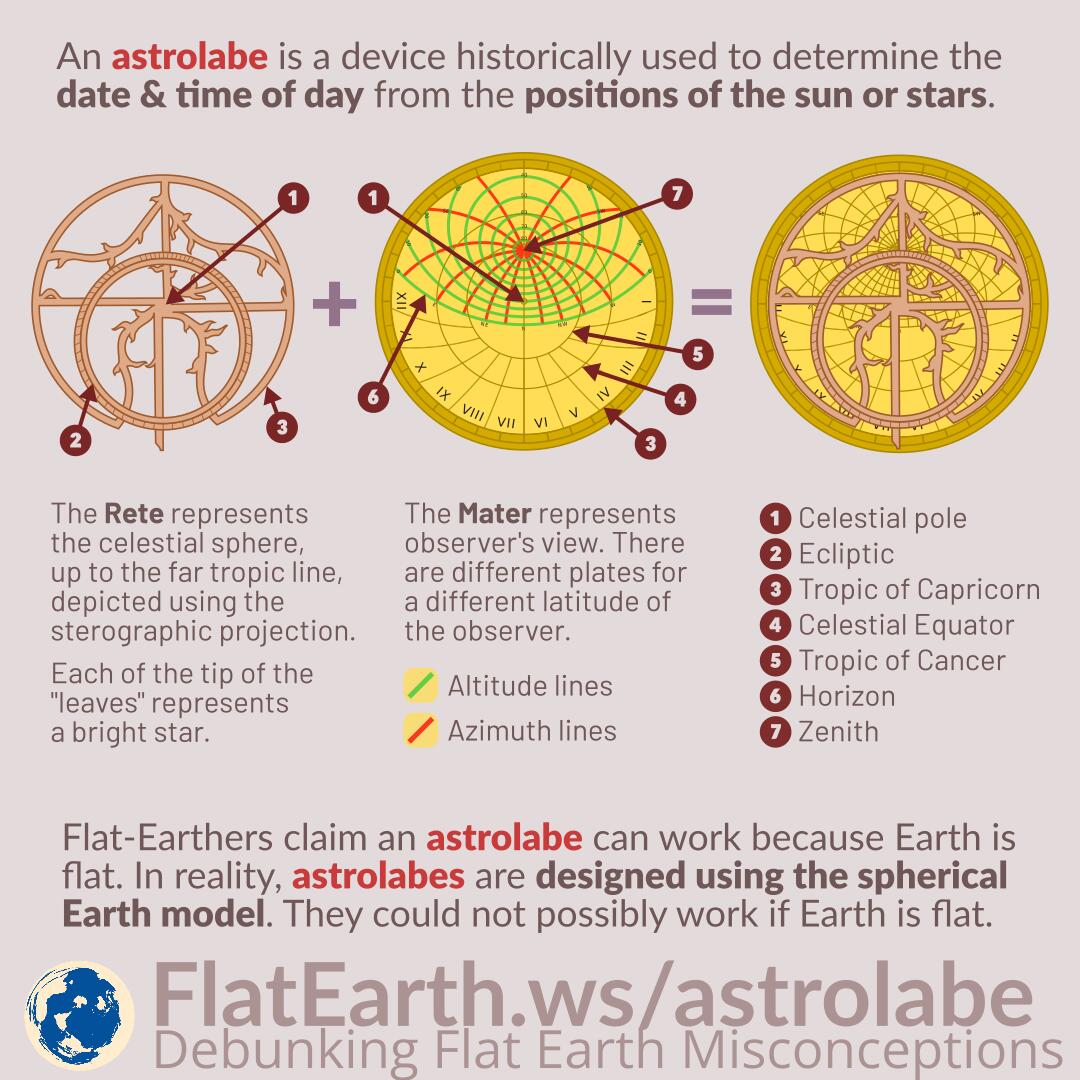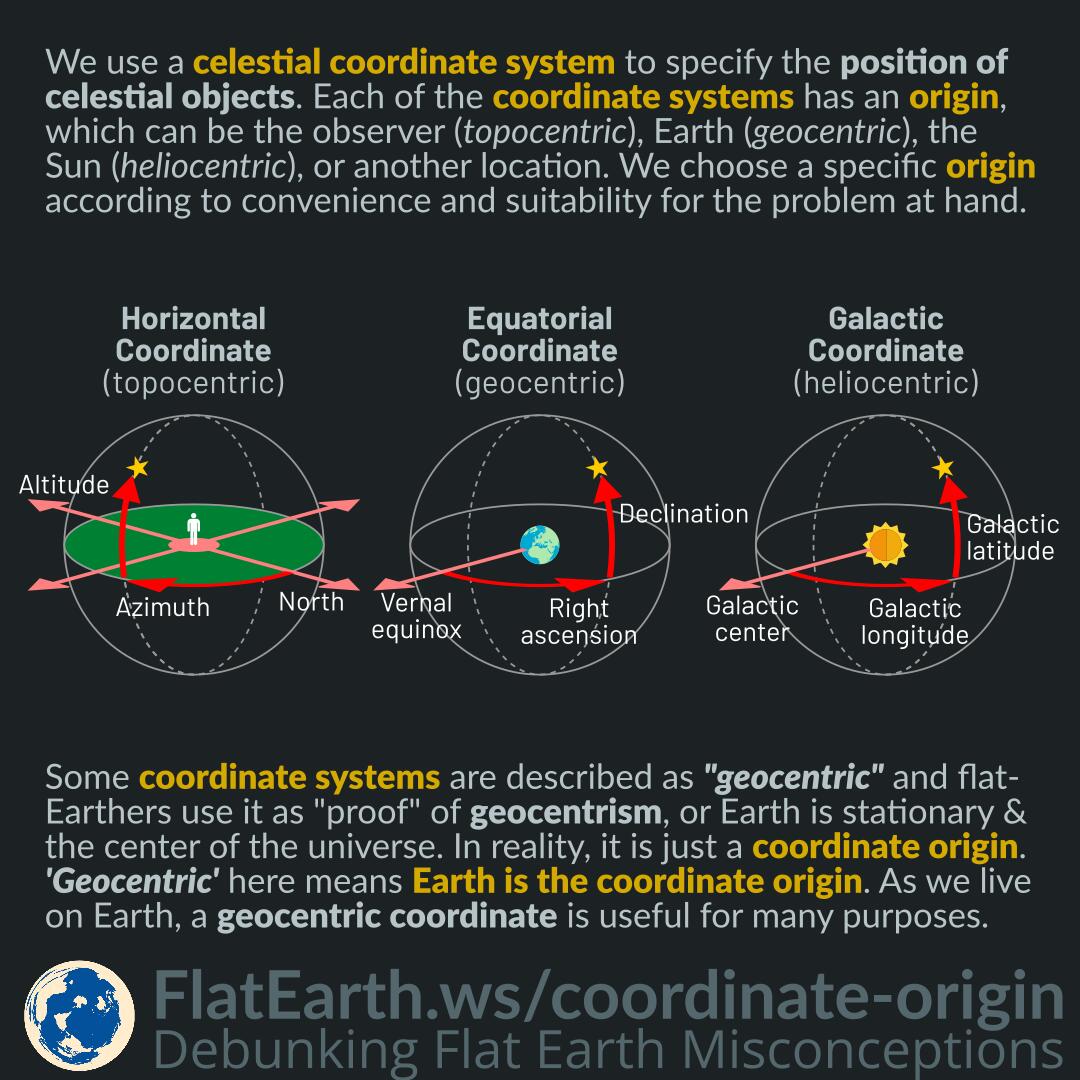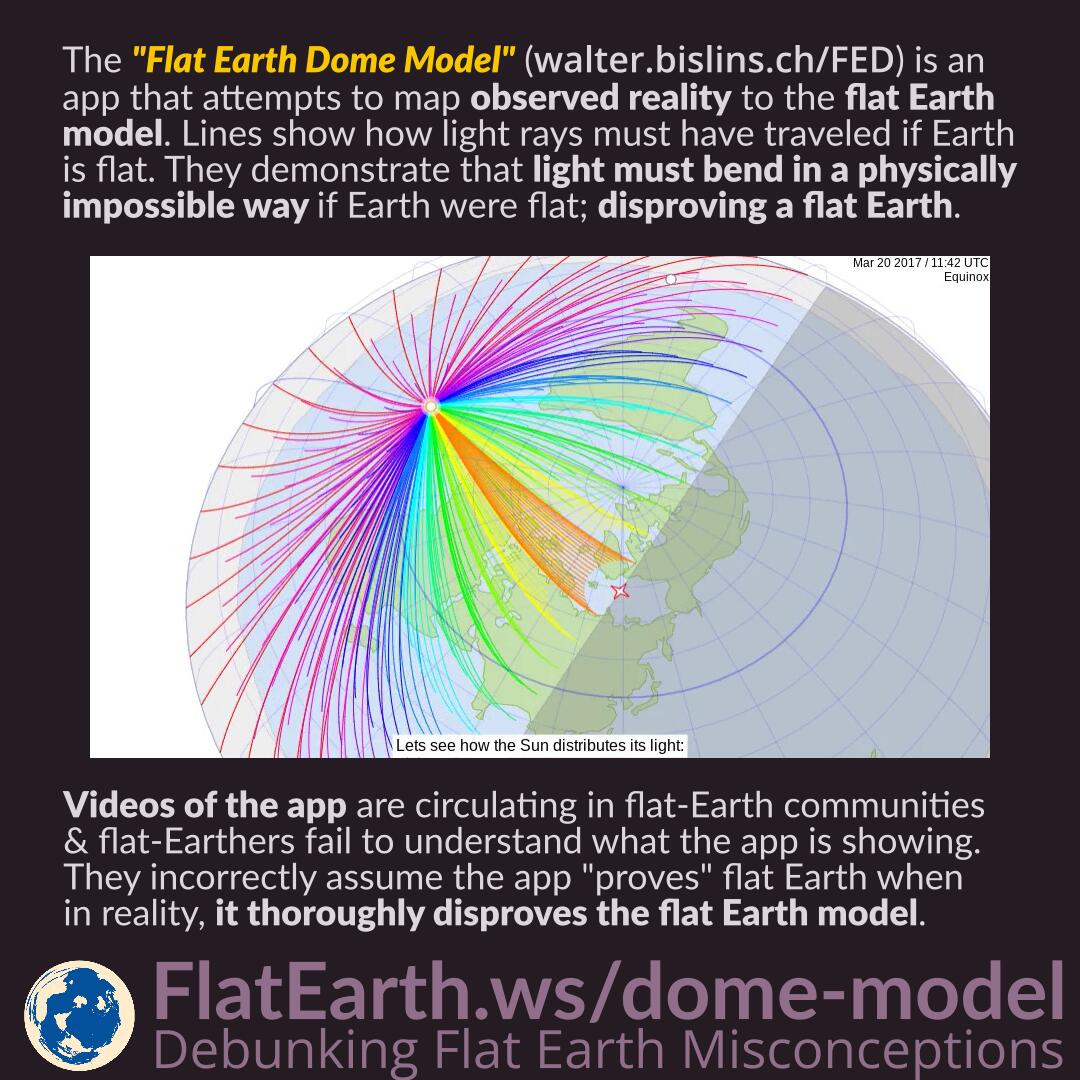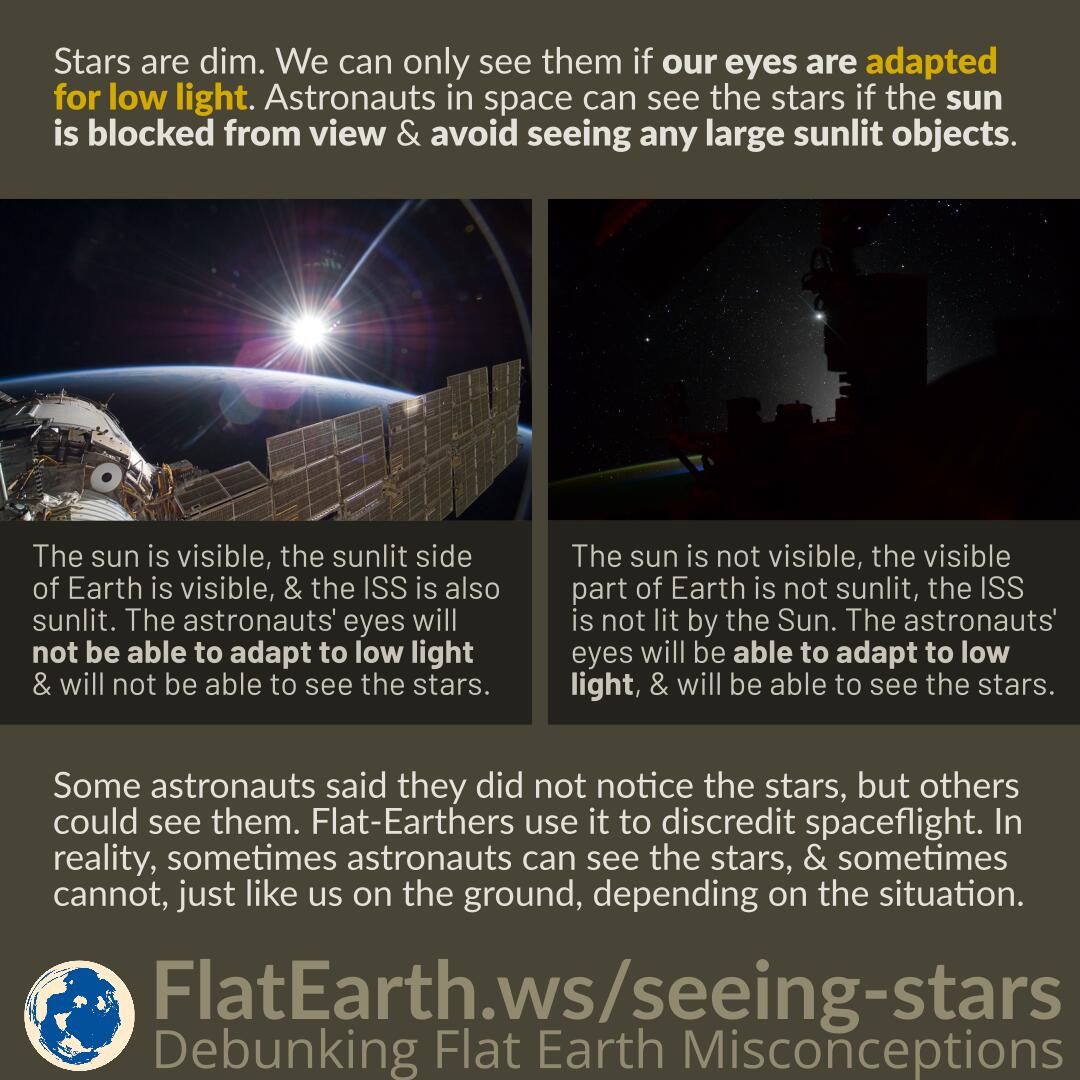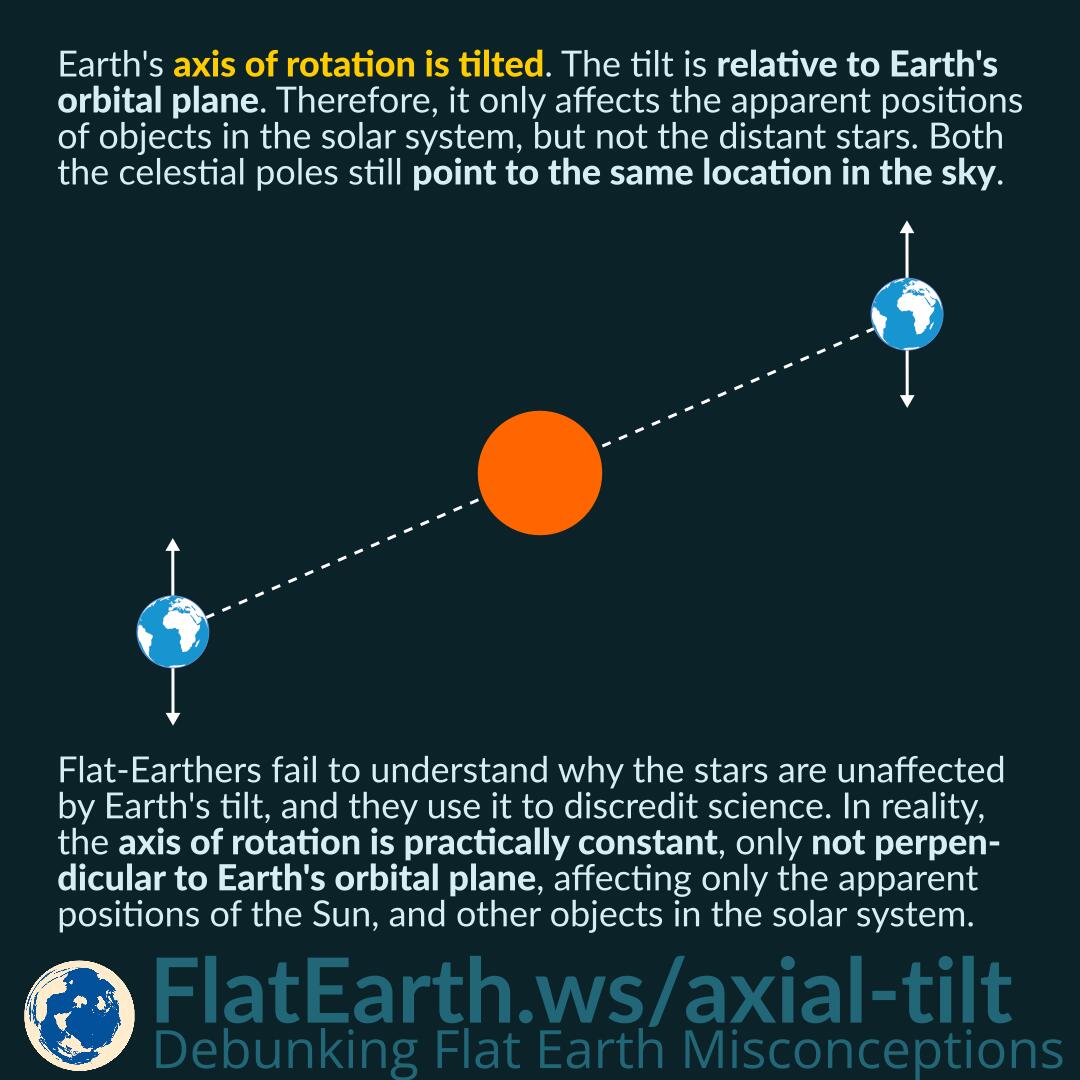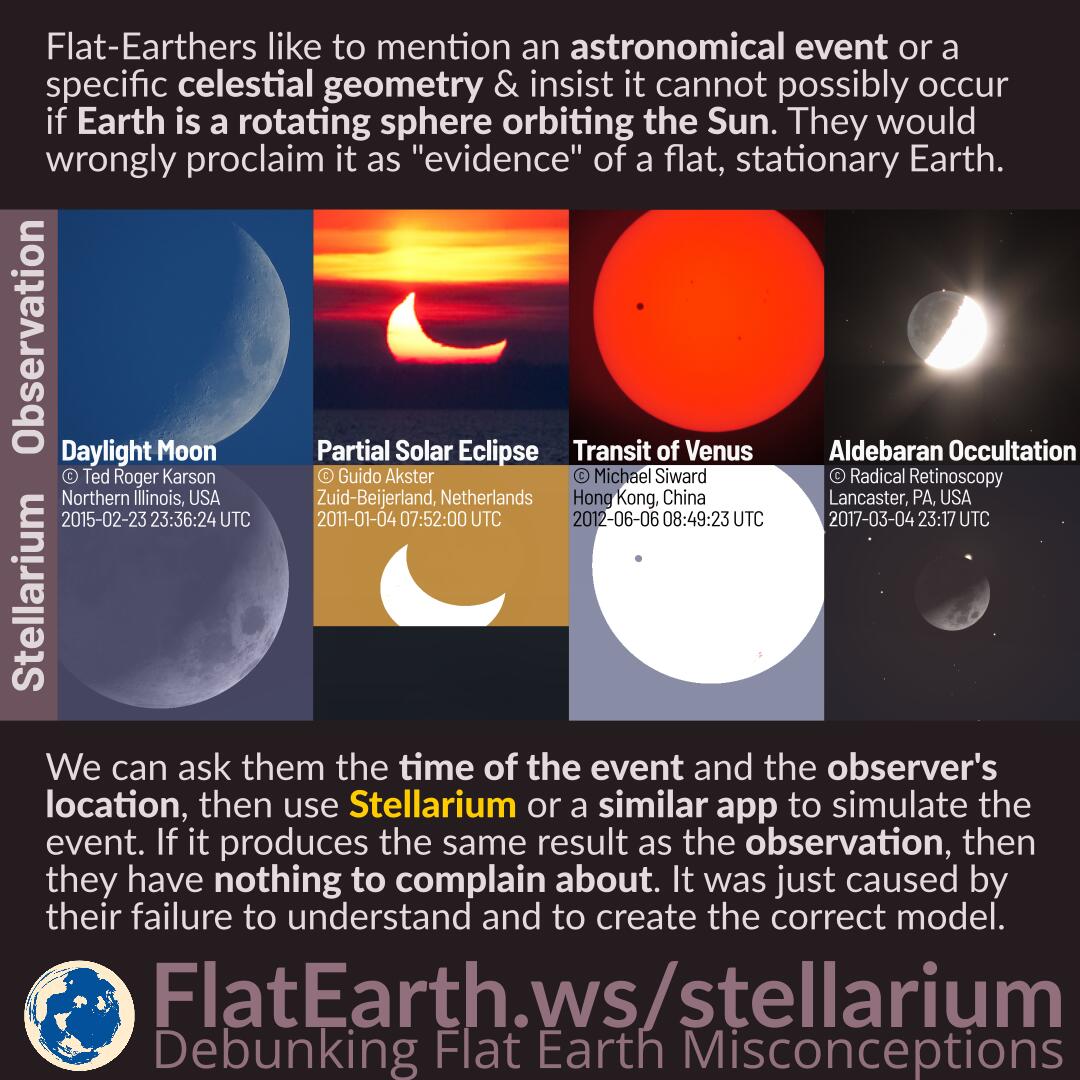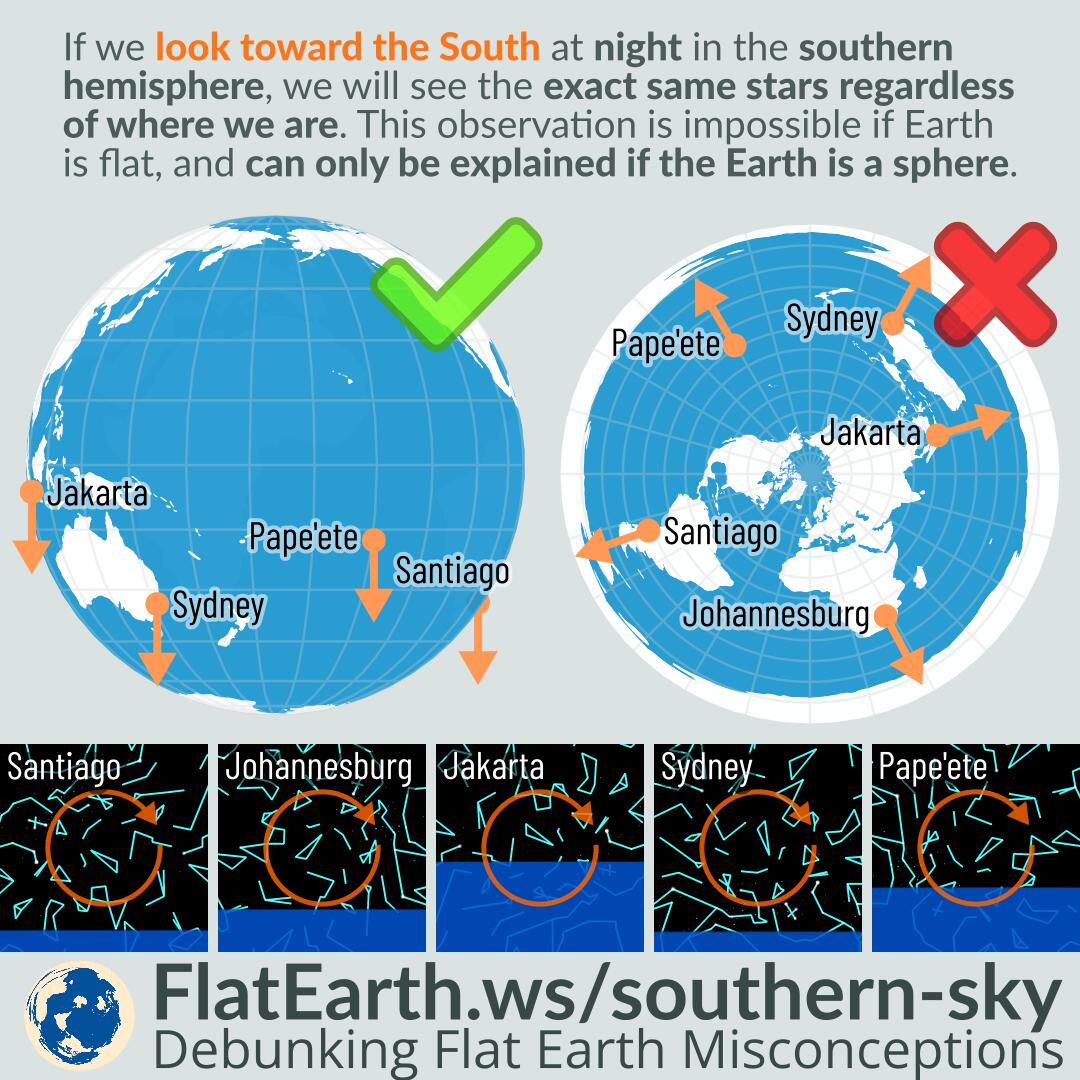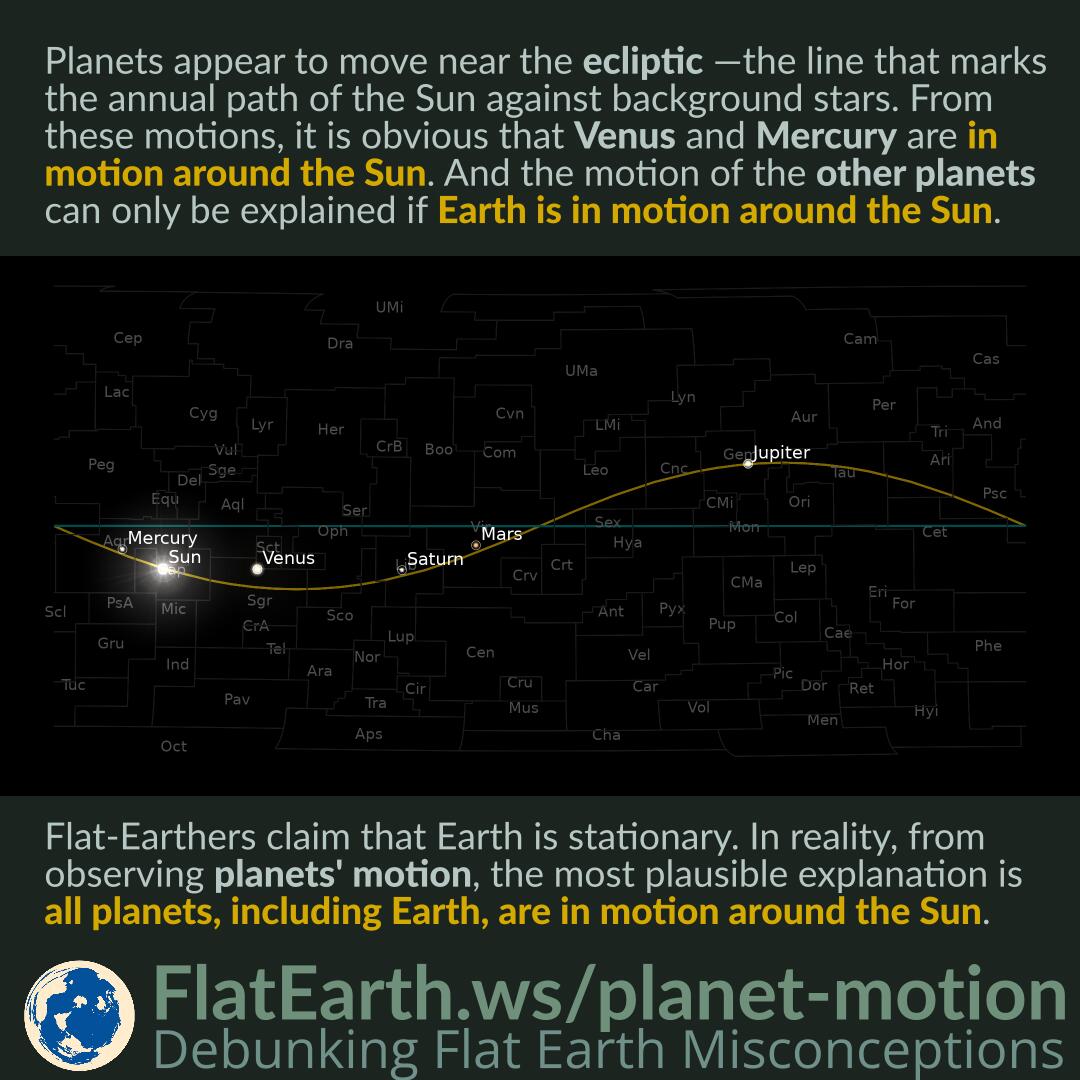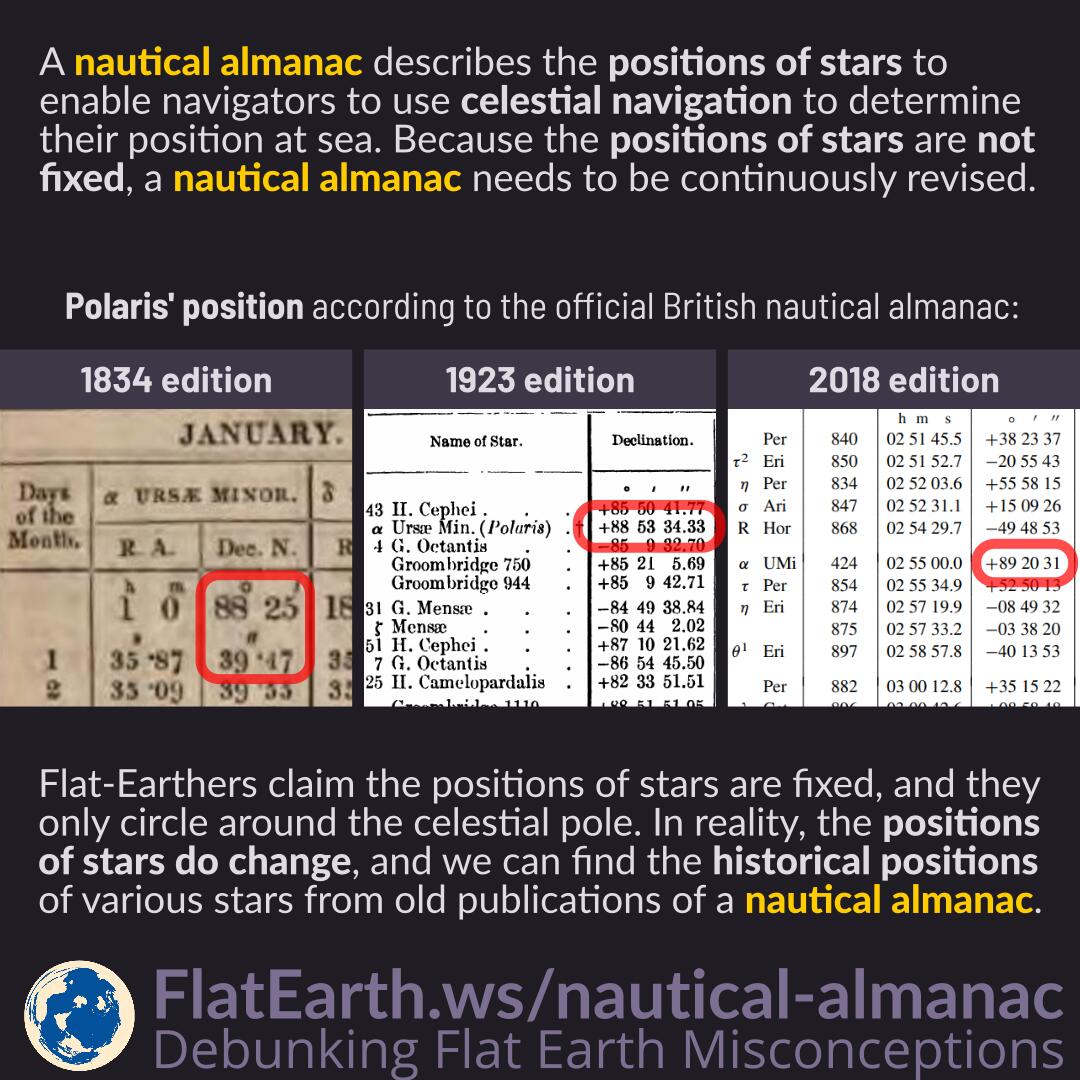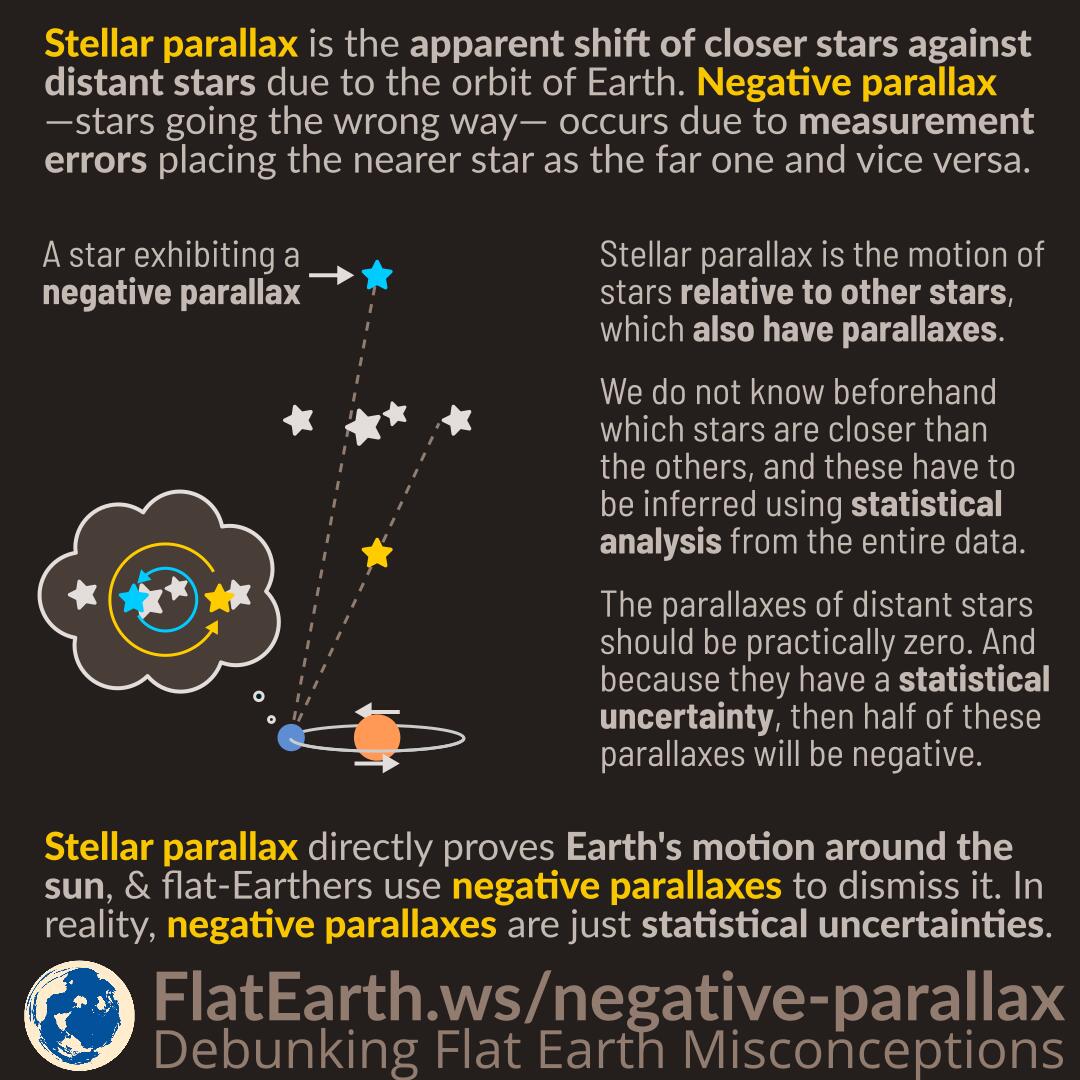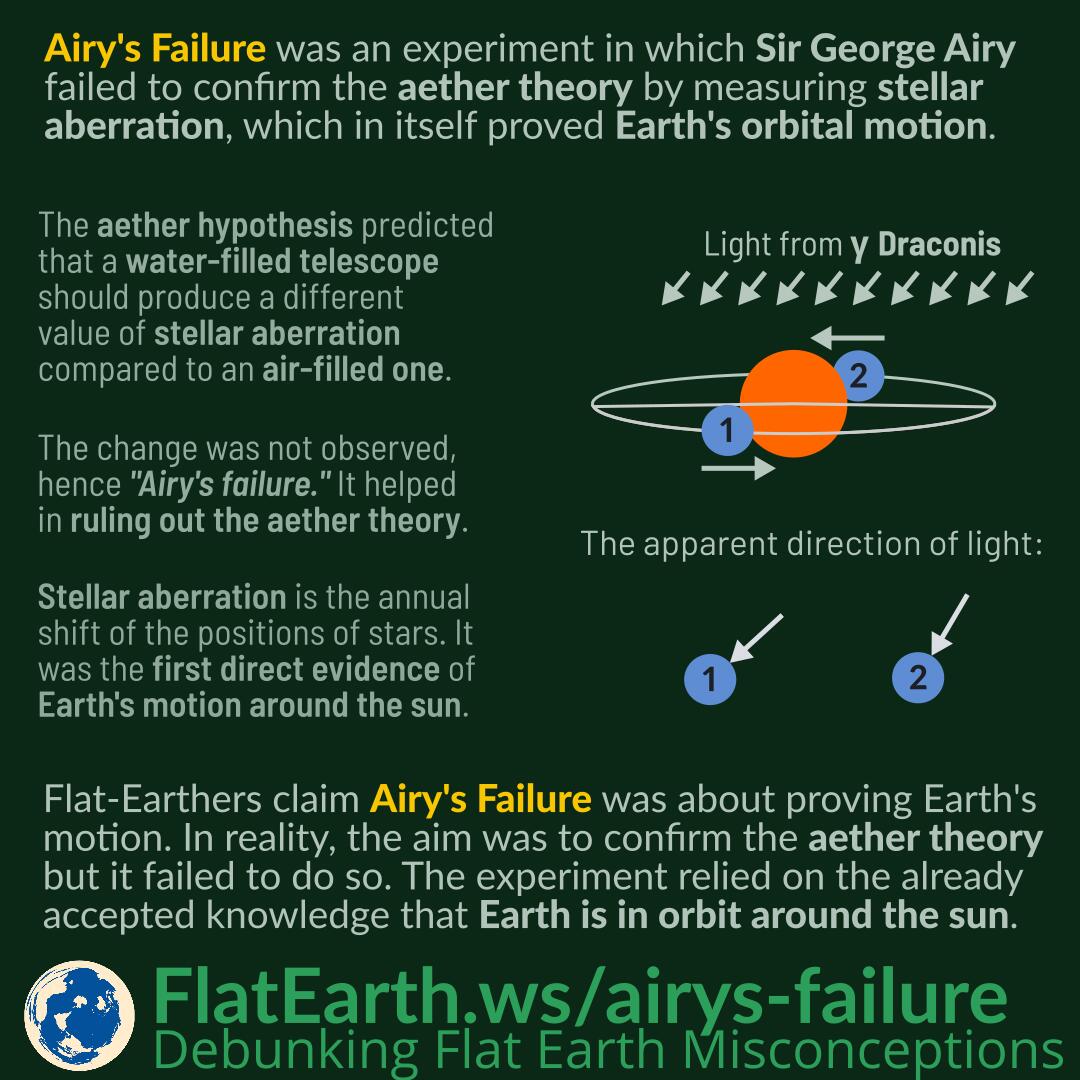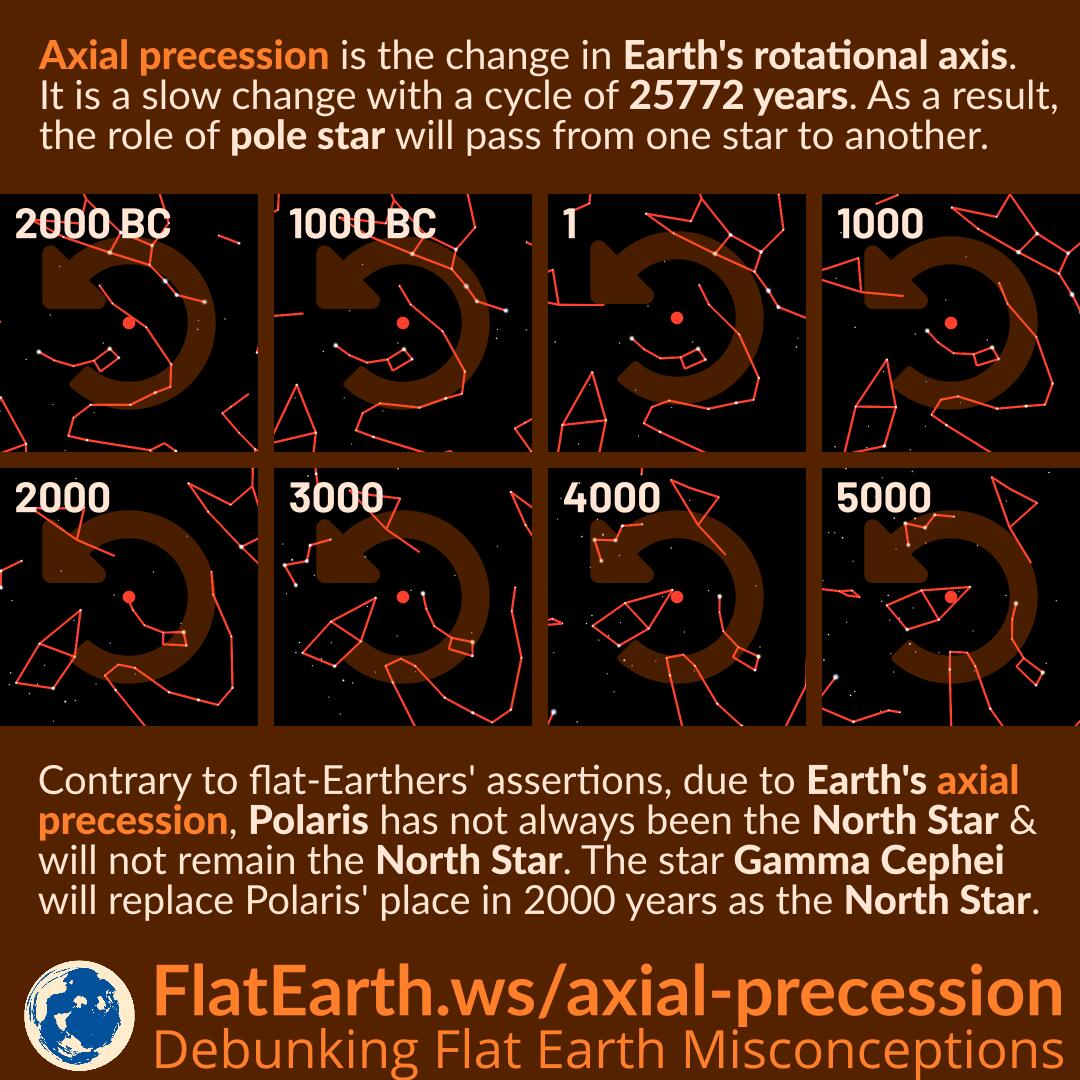In astronomy, we use a celestial coordinate system to specify the position of celestial objects, like satellites, planets, stars, etc. Each of the coordinate systems has an origin, which can be the observer (topocentric), Earth (geocentric), the Sun (heliocentric), the Moon (selenocentric), or any other location. We choose a specific coordinate origin according to convenience and suitability for the problem at hand.
Some coordinate systems are described as “geocentric,” and flat-Earthers use it as “proof” of geocentrism, or that Earth is stationary and the center of the universe. In reality, it is just the origin of the coordinate. “Geocentric” here means Earth is the origin of the coordinate system. As we live on Earth, a geocentric coordinate is useful for many purposes.
Continue reading “Geocentric Coordinate System Does not Imply Geocentrism”


